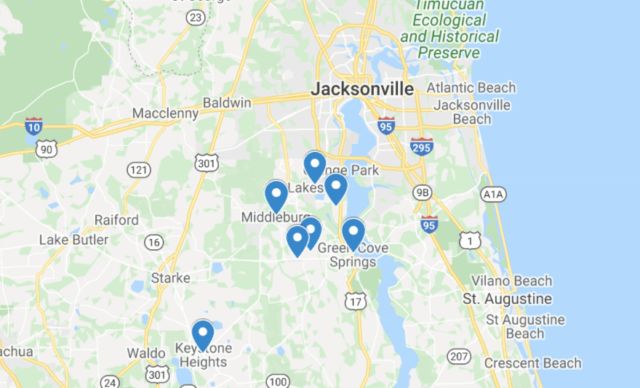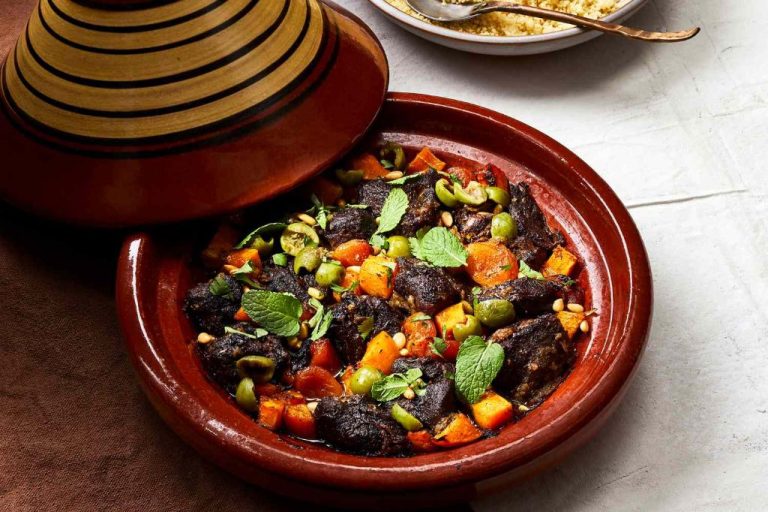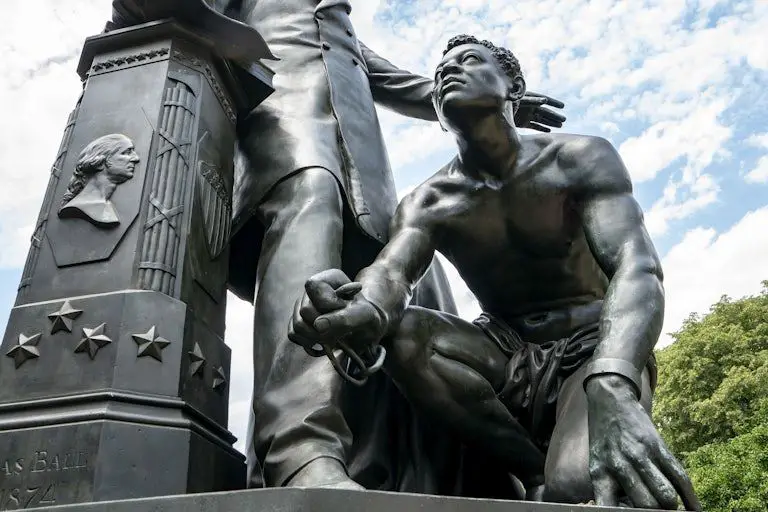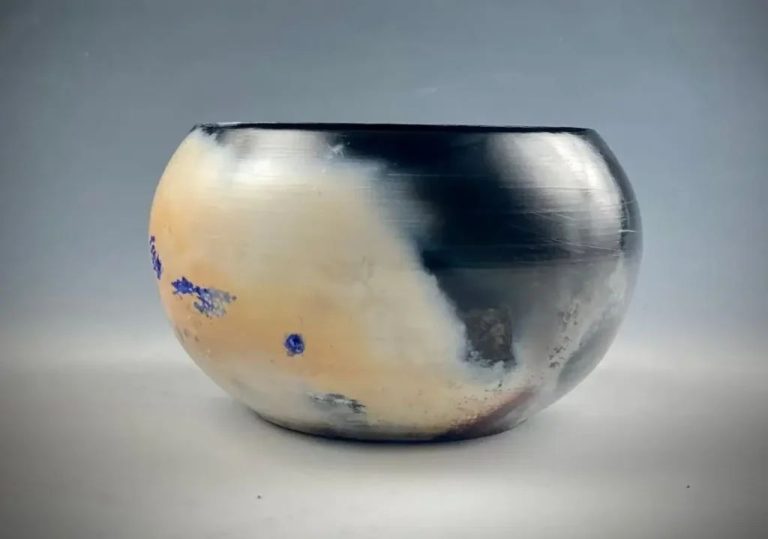Why Are Accent Pillows So Expensive?
Accent pillows, also known as throw pillows or decorative pillows, are soft cushions used to enhance the look and comfort of sofas, beds, and other furnishings. Despite the name, accent pillows are not just for tossing around, but are considered important decorative accessories. The popularity of accent pillows has steadily grown over the past decade, and they can now be found in most homes and furnishings showrooms.
Accent pillows add pops of color, texture, and visual interest to living spaces. They allow homeowners to inexpensively change up the look of a room by swapping out pillows to match the seasons or occasion. The variety of accent pillow styles, shapes, colors and patterns available makes them an easy way to incorporate current home decor trends. Their plushness also makes seating areas like couches and beds more comfortable. Accent pillows have become a staple home furnishing accessory that brings comfort, style and self-expression to interior design.
Materials
Accent pillows often use premium materials that contribute significantly to their high prices. Luxury fabrics like silk, linen, velvet, and cashmere can cost upwards of $50 per yard (https://www.modern-fabrics.com/fabric-by-usage/fabric-for-pillow.html). These textiles feel soft and smooth, drape elegantly, and convey luxury. The down or feathers used for fill are also top-tier, sourced ethically from ducks or geese. They must be thoroughly cleaned to remove quills, sterilized, and carefully inserted into the pillow. Compared to cheap polyester stuffing, down offers unparalleled softness and ‘sinkability’ for comfort. Other accent pillows may contain memory foam, a heat-responsive material that perfectly conforms to one’s body. Premium leathers, intricate embroidery, semi-precious stones, or hand beading could also embellish accent pillows. These indulgent materials enable pillows to make a bold decorative statement but raise their production costs substantially.
Small Batch Production
One factor that makes accent pillows more expensive is their small batch production. Unlike mass-produced bed pillows, accent pillows are typically made in small batches of a hundred or fewer at a time. This often limits the amount of automation or economies of scale that manufacturers can achieve in their production processes. According to [how to price handmade pillows], handmade pillows can require up to an hour of labor per pillow for steps like cutting, sewing, and finishing. At artisan scales, each pillow must be individually crafted rather than machine-produced. These small batches lead to higher per unit costs that get passed onto the consumer.
Design
One of the main factors driving up the cost of accent pillows is the work that goes into their custom designs. Many accent pillows are individually handmade with unique fabrics and embroidered detailing that requires skilled designers and artisans. As the Bryar Wolf Designs company explains, their accent pillows feature “custom details including hand embroidery, beading, applique patches, fringe, tassels, trim and more.” Creating these one-of-a-kind designs takes time and labor, which gets reflected in the pricing. There’s also an artistic premium placed on exclusive designs that other brands don’t offer.
In contrast to mass-produced pillows with generic printed designs, custom-made accent pillows involve meticulous planning of the pattern, fabric, colors, embellishments, shape, and size. Pillow Decor notes that their in-house designers “hand-pick each fabric swatch” to go into their pillows. The entire design process requires an artistic eye, creativity, and attention to detail that standard pillows lack. That artistic talent and effort contributes to the higher costs of many accent pillow brands.
Branding
One factor that contributes to the high prices of some accent pillows is branding. Many high-end designer brands like Ralph Lauren, Kate Spade, and Jonathan Adler produce accent pillows. These luxury brands carry valuable name recognition and prestige. Consumers are often willing to pay more for pillows made by these well-known designers, even if the materials and construction quality are similar to lesser-known brands. The designer brand increases the perceived value and exclusivity of the accent pillows.
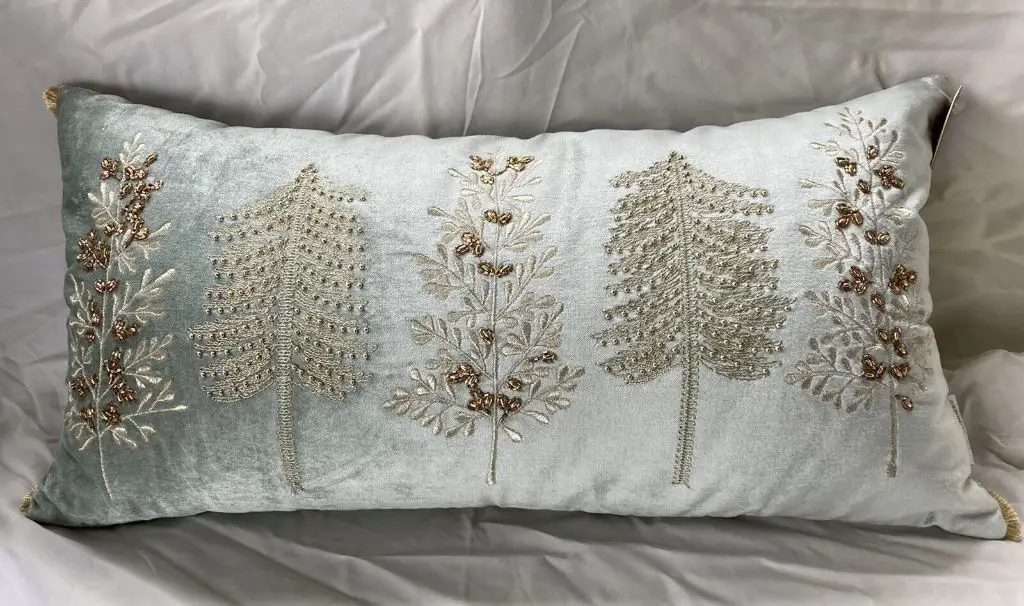
For example, a single Ralph Lauren decorative pillow can cost over $100. Yet the actual materials, like cotton fabric and polyester fill, are not exceptionally expensive. A major part of what customers pay for is the designer name and style. Branding allows companies to charge higher markup on accent pillows and earn greater profits. While accent pillows from luxury designer brands use quality materials, their prices are inflated beyond the standard retail markup due to their brand appeal and status symbol nature.
Source: https://customcat.com/guides/pillow-selling-guide/
Retail Markups
Retailers need to markup the wholesale prices of accent pillows significantly in order to be profitable and cover overhead costs. Industry standards suggest retail prices should be 2-3 times the wholesale cost. As one article explains, “Most retailers work off keystone pricing, which simply means doubling the wholesale cost. However, a standard retail markup for home decor products like pillows is 2.2 to 2.5 times the wholesale cost” (https://www.furniturelightingdecor.com/impact-decorative-pillows-retail-sales). This allows retailers to cover expenses like rent, staff, shipping, and other overhead costs. It also provides them with sufficient profit margin. If retailers only marked up the wholesale price by say 30-50%, they would struggle to stay in business.
Licensing
Many decorative pillow brands pay licensing fees to use designs tied to popular intellectual property (IP) like movies, TV shows, video games, etc. These licensed designs allow brands to tap into existing fan bases but the fees can be quite high. According to this source, licensing fees for major entertainment IPs can range from 5-20% of wholesale revenue. For a hot new movie release or TV show, the brand may need to pay 10% or more. These licensing costs get passed onto consumers in the form of higher retail prices.
Smaller indie brands often avoid licensed designs to keep costs down. But for major brands, the high fees are worthwhile to access lucrative fan markets. Licensed pillows also allow customers to display their fandom and self-identity. So brands leverage pop culture IPs to increase perceived value. The licensing fees factor into why these branded pillows retail higher than generic unlicensed designs.
Competitive Pricing
One of the major considerations for accent pillow pricing is competition among retailers and brands. Consumers can easily compare prices between stores like Target, Amazon, and decorative home stores like Peacock Alley and 2Modern. This puts pressure on sellers to be price competitive to attract shoppers. 2Modern and Peacock Alley offer luxury pillows at premium prices, but need to stay aware of more budget-friendly big box stores to justify their higher costs. Competitive pricing analysis influences companies across the market to offer prices aligned with competitor offerings for a similar type and quality of pillow.
Perceived Value
Accent pillows are frequently viewed as decor investments rather than disposable items, which helps justify their higher prices (Decorative Pillow Market: Comprehensive Analysis, 2023). Though inexpensive to produce, their design details and plush materials promote a sense of luxury and craftsmanship.
For many homeowners, throw pillows provide an easy and affordable way to elevate the design of a space. Even though accent pillows are one of the smallest elements in a room, they have an outsized impact on the overall aesthetic. Their colors, patterns and textures introduce visual interest and tie everything together (The Impact of Decorative Throw Pillows on Real Estate, 2023).
Unlike items that quickly fade in popularity, classic designs and fabrics in accent pillows remain desirable over many years. This timelessness increases their value as long-lasting investments. Even inexpensive pillows can make a space look curated and put-together when chosen thoughtfully.
When evaluating quality, customers consider not just the materials but the workmanship involved. Handmade pillows with intricate embroidery or custom details emphasize their uniqueness. For this reason, many interior designers and homeowners feel these special touches warrant premium prices, much like an original work of art.
Though not functionally necessary, accent pillows provide significant decorative impact. Their ability to elevate the style of a space helps justify why these small items often command big price tags.
Conclusion
In summary, there are a variety of factors that contribute to the high prices often seen for accent pillows. While the materials and production costs do play a role, the design, branding, retail markups, and licensing agreements for luxury brands have an even greater impact. Accent pillows are viewed as decorative accessories that convey style, taste, and personality. Their pricing often has more to do with perceived value and what customers are willing to pay, rather than just the production costs. Their role in adding a touch of elegance, artistry, or whimsy to a space makes them command premium prices. In an industry driven by aesthetics and status, the price tag itself has become part of the appeal for many high-end accent pillows.

